
The Norwegian autumn season has already taken off with a bang, particularly in Oslo where Apichaya Wanthiang and Anja Carr opened already on 9 August at Galleri LNM and QB Gallery. They were soon followed by a slew of openings these last two weeks, with the nineties classic Bjørn Bjarre at Noplace, post-colonialist Anawana Haloba at Oslo Kunstforening, and neo-alchemist Christine Ödlund at Galleri Riis as three of the highlights.
The institutions are a little slower out of the blocks, but Norsk Billedhoggerforening have already opened their new gallery with a presentation of mobile sculptures by the duo Aurora Sander, and last weekend artists and thinkers such as Teju Cole, Pierre Huyghe and McKenzie Wark could be experienced next to each other in Wergelandsveien in Oslo, specifically at Litteraturhuset (The House of Literature) and Kunstnernes Hus (The Artists’ House).
Works such as Cole’s Black Paper (about being black in Trump’s USA), Huyghe’s films (including a disturbing portrait of a masked ape in an urban wasteland) and Wark’s theory of the Anthropocene (which takes its starting point in the Russian revolution and is presented by FORART) all serve to present a critical portrait of our precarious contemporary era along the alternately rain-sodden and sunlit strip by the Royal Castle.

In this context, Henie Onstad Kunstsenter is considered part of Oslo too. This marvellous art centre – where many of us learned to like art even as we also learned that the concept of art was changing and dissolving – marked its fiftieth anniversary with the unveiling of a new work by Per Inge Bjørlo: a range of brightly coloured seating sculptures that mark something of a new departure for the often sombre Bjørlo.
Worst and best
The anniversary at Høvikodden shows the art centre at its worst and best.
Apart from his marvellous ‘Forest Floor’ paintings from the late 1950s and early 1960s, Jakob Weidemann (1923–2001) is, to my mind, an overrated artist. His explorative early years are faltering and unconvincing, and when we reach his lyrical pastels in the 1980s he borders on kitsch. Even so, the retrospective (until 14 October) is a sure hit with audiences and will go on to tour Sørlandets Kunstmuseum and Trondheim Kunstmuseum. And the installation Hymn of Life by Yayoi Kusama, recently acquired with funding from Sparebankstiftelsen DNB, feels like an unnecessary repeat of the already much-belaboured exhibition featuring the same artist two years ago.

The art centre unashamedly calls Kusama ‘the queen of polka dots’, apparently failing to see the tragedy inherent in her art: the psychedelic experience that Kusama’s characteristic dots represented in the 1960s was part of a rebellion. Today, the intense sensory experience they offer represents the opposite of rebellion: a total overlap of affect, desire, consumption and culture. Welcome to Instagram and tickets priced at 120 kroner.
The real treat in Henie Onstad’s anniversary programme is the museum’s presentation of its collection in the form of Turn and Face the Strange – 50 years of living art (until 24 August 2019). The exhibition takes its starting point in Alice in Wonderland, but the main emphasis is placed on a straightforward presentation of the collection that the figure skater Sonia Henie and shipping magnate Niels Onstad created back in the 1950s and 1960s, with subsequent expansions and additions. It is all done with such a deft, delicate touch that we are transported back in time, suddenly realising why and how radical Modernism became such an important driving forces in the lives of so many people, including the lives of Henie and Onstad.

Ubiquitous Neo-Modernism
There is a very great difference between this kind of historic Modernism and the strong sense of an ever-present Neo-Modernism within present-day art.
It is a little confusing, this sense that art is not always fixed in time the way we felt it was in the 1990s and 2000s, when abject art and conceptual art was so clearly different from Modernism. This fall, we see the return of abstraction – in either its lyrical or more analytical incarnations – for example in Ragna Bley’s exhibition at Oslo Contemporary (ends 6 October), Jorunn Hancke Øgstad’s intervention in the Stenersen Collection (opening 7 September), Ann Iren Buan’s presentation at the Vigeland Museum (opening 28 September), the Fredrik Værslev retrospective at the Astrup Fearnley Museum (opening 21 September) and the juxtaposing of Marlene Dumas and Edvard Munch at the Munch Museum (opening 29 September).
This is not to say that Neo-Modernism is always or necessarily backward-looking in a negative sense. It is interesting to note how artists such as Hancke Øgstad and Værslev are clearly contemporary, in spite of their kinship with the abstract art of the last century. Perhaps it’s the references to a digital reality in Hancke Øgstad and the performative aspects of Værslev that conjure up this feeling.

Contemporary practice
Even so, one does yearn a little to see practices that are more acutely contemporary, both politically and aesthetically. Fortunately, this can be found too, particularly in the many kunsthalles across the country:
With the exhibition Rivers of Emotion, Bodies of Ore (13 September), Trondheim Kunsthall promises to present an interdisciplinary perspective on the concept of extraction as seen in fifteen artists and artist groups selected by curator Lisa Rosendahl. A few weeks later, the same city will host a group show on the relationship between nature and culture as Trondheim Kunstmuseum presents NATURvitenskap (Natural Science, opening 6 October). Toril Johannessen and Tue Greenfort – who were behind the exhibition Norsk natur at the Museum of Contemporary Art in Oslo in 2016 – are among the artists featured.
Under new management, Bergen Kunsthall continues to produce ambitious exhibitions. The first to be presented this autumn is a solo show featuring Andrea Büttner, including her illustrations for Immanuel Kant’s Kritik der Urteilskraft from 1790 (ends 28 October). This is followed by the group exhibition On Circulation (opening 16 November), the first to be curated by the new director, Axel Wieder.

Like its Bergen counterpart, Kunsthall Stavanger engages in international collaboration in order to present important and new bodies of work. This weekend, it presents a solo show featuring Berlin-based artist Hanne Lippard, produced in collaboration with Kunsthalle Fribourg in Switzerland. Lippard’s works take their starting point in what one might term the politics of the female voice. Her sound works and physical objects will take over the five largest rooms at the venue (ends 21 October).
A similar emphasis on the voice can be found in the art of Amsterdam-based Nora Turato, presented at Unge Kunstneres Samfund in Oslo (where, in an aside, Hanne Lippard presented a performance in 2014) from 14 September.
Rowing trip to Tromsø
Tromsø Kunstforening’s presentation of the twenty-five years of collaboration between Søssa Jørgensen and Geir Tore Holm is among the most ambitious Norwegian solo shows this autumn. The project includes the 1990s project Galleri med balkong (Gallery with Balcony) and the still-ongoing projects Sørfinnset skole / the nord land, located in Gildeskål in Nordland and Øvre Ringstad gård, the duo’ main base in Østfold. In connection with this exhibition, Jørgensen and Holm rowed from Gildeskål to Tromsø, a trip that took eleven days, including a car journey with the boat on a trailer in order to skirt a storm in Vestfjorden. Offering a basis for discussing the relationship between relational art and ecological practices, the exhibition opens on 5 October.

Two exhibition venues under new managements merit special attention. At Lillehammer Kunstmuseum, Nils Ohlsen, formerly director of old masters and modern art at Nasjonalmuseet, has taken over the director’s chair. Perhaps this autumn’s exhibition programme signifies a stronger commitment to contemporary art. A small-scale project featuring photographer Line Bøhmer Løkken (opening 14 September) and a larger solo show featuring Marte Johnslien (opening 20 October) both suggest that this may be the case. At Fotogalleriet in Oslo, now headed by Antonio Cataldo, the exhibition season begins this weekend with works by Petrine Vinje (ends 14 October). Vinje takes her starting point in the work of Czech photographer František Drtíkol (1883–1961), famous for his nudes in which female bodies and objects are presented as conflated forms.
An intimate presentation
Other than this, the autumn’s greatest minievent in Oslo is the relocation of the eminent hybrid gallery 1857 from a monumental lumber warehouse in the Grønland area of the city to a domestic setting in a flat on Frogner. According to Steffen Håndlykken, 1857 will be neither a gallery nor a project space, but will engage in intimate presentations of a small group of artists. 1857 has already staged a number of invitation-only preliminary events, but rumour has it that it will open to the general public in September. Over the course of the year, 1857 will present solo shows featuring Ane Graff, Anthea Hamilton, Mikael Øye Hegnar, Mirak Jamal, Nancy Lupo and Tora Dalseng.

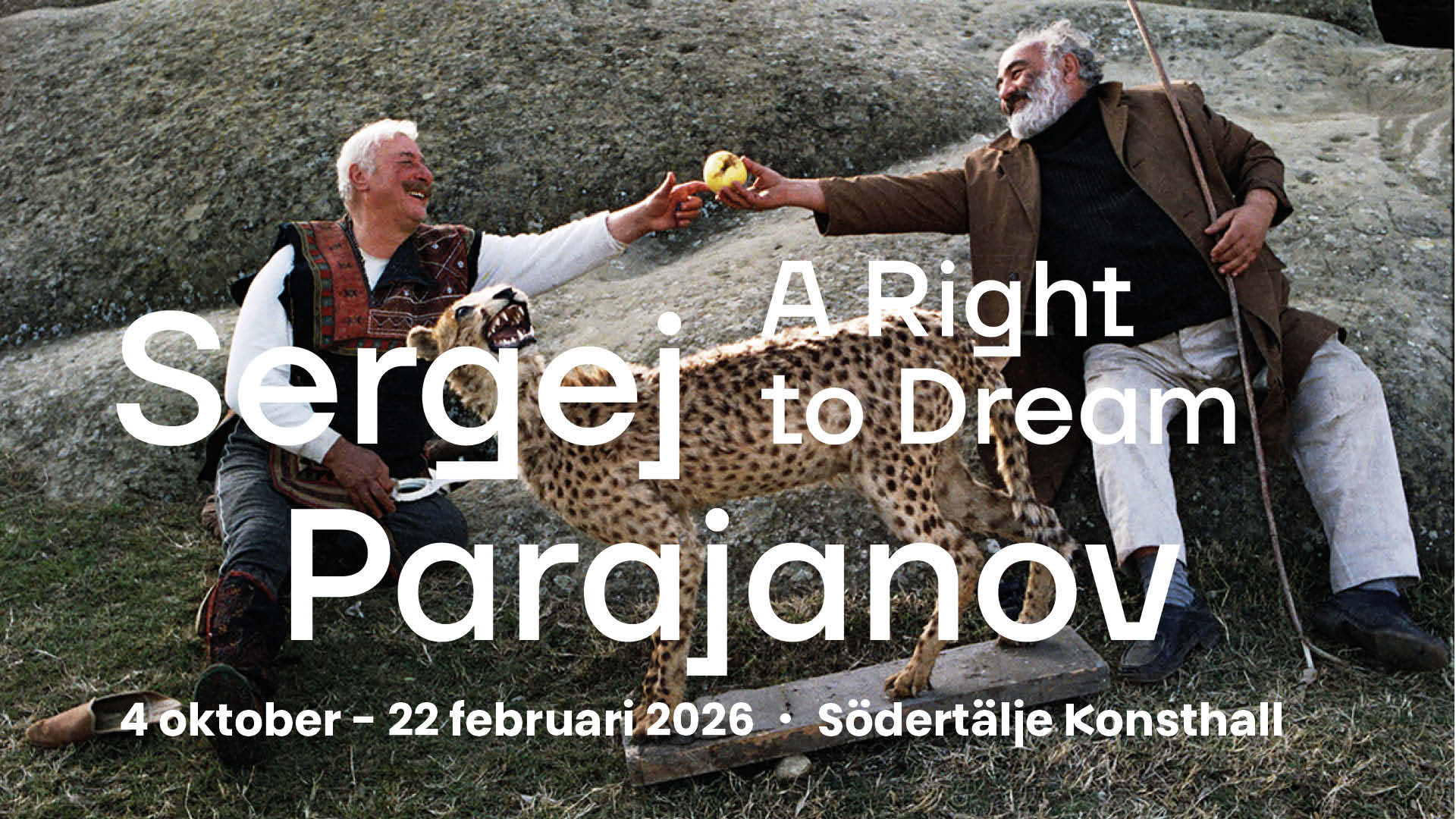


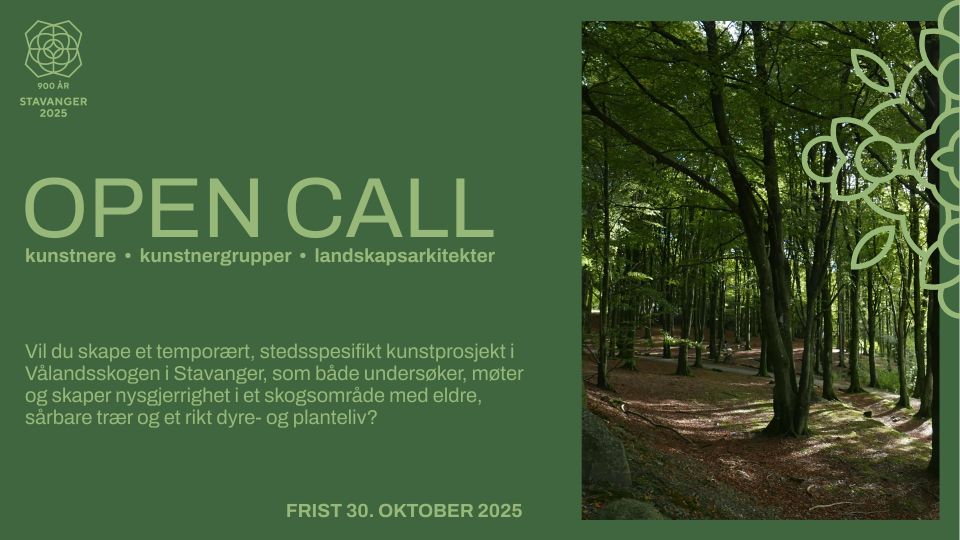
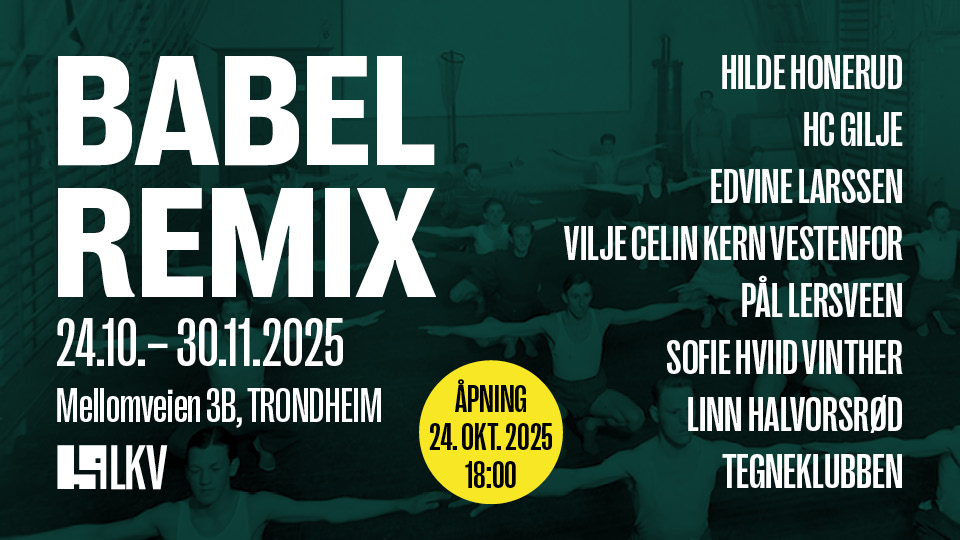
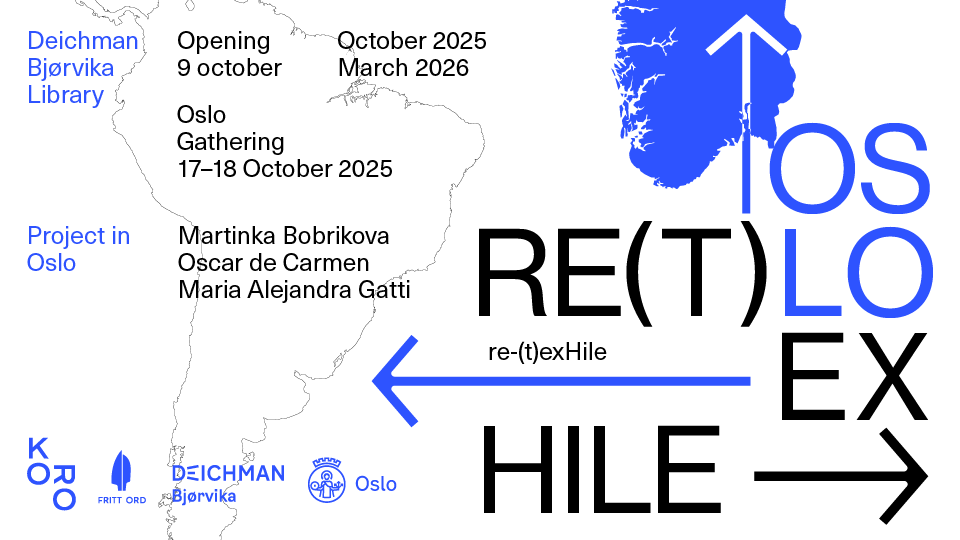
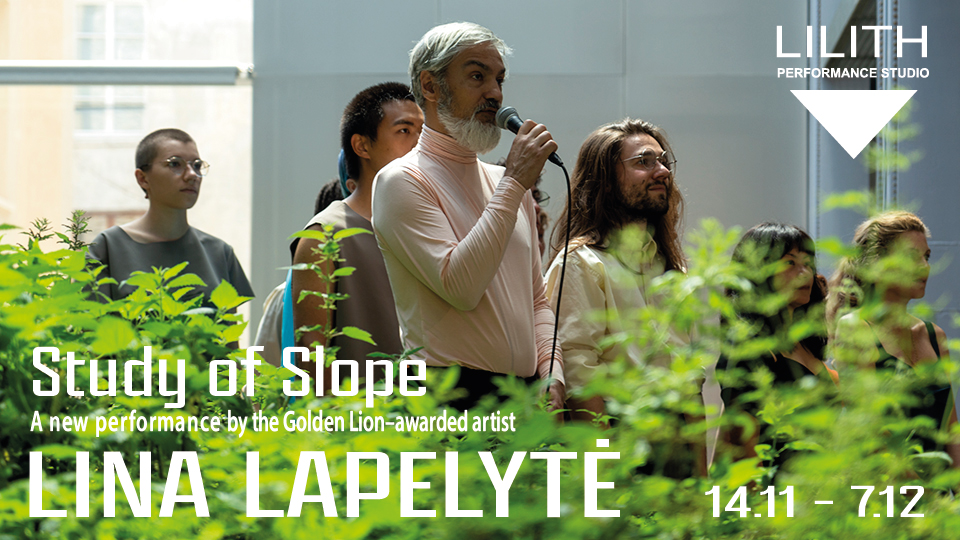
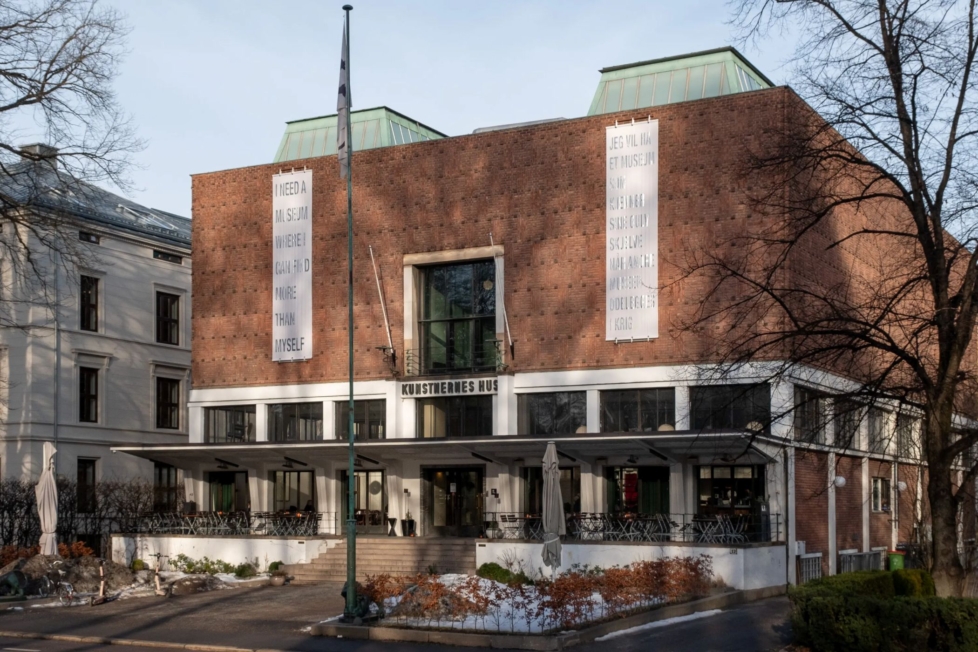
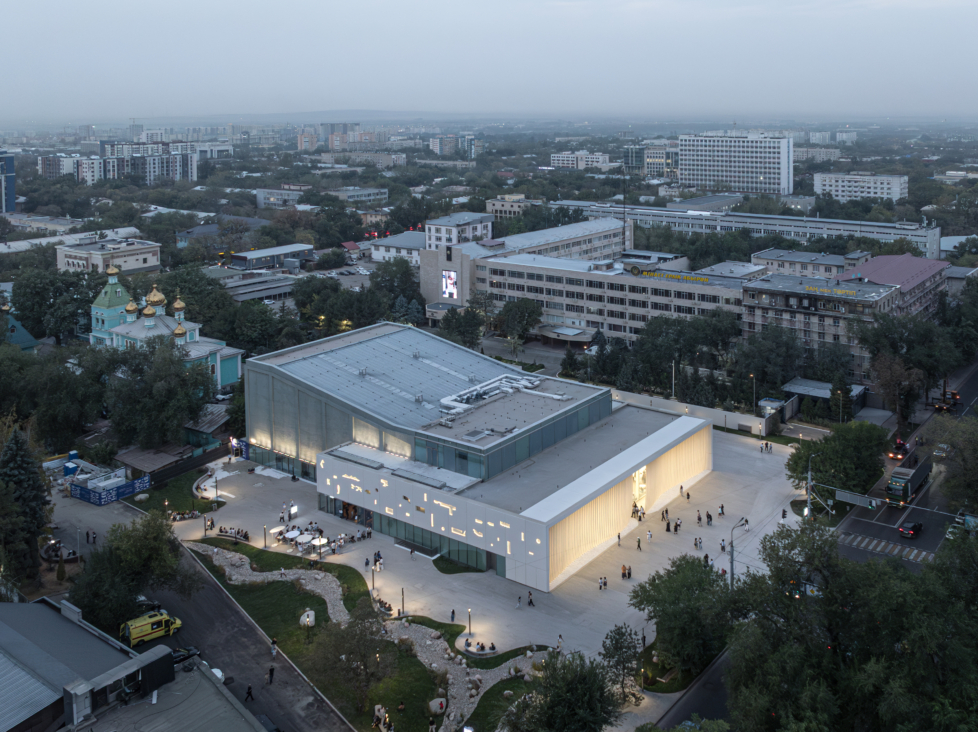
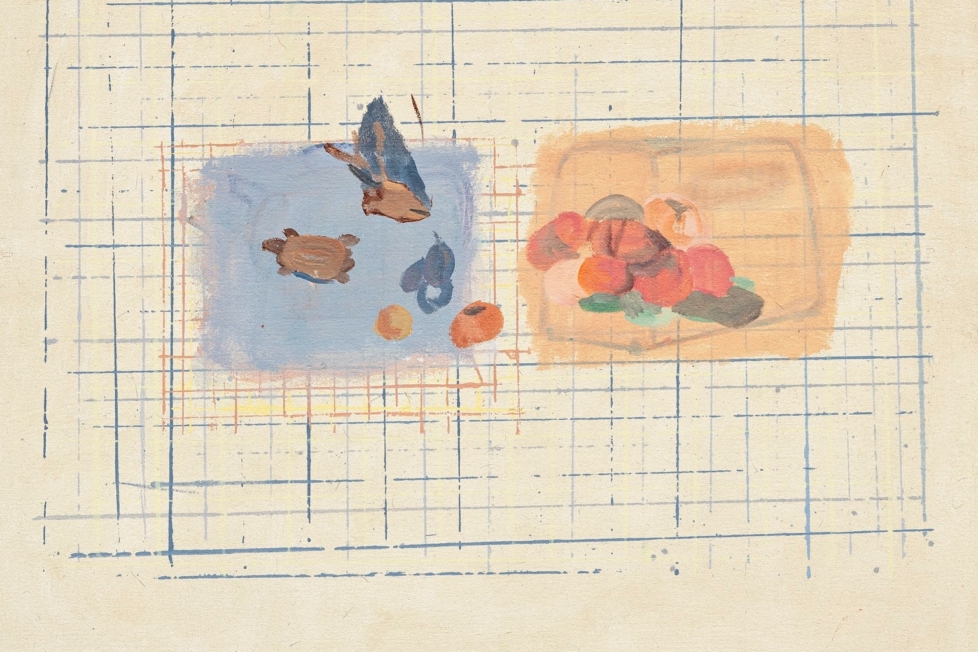
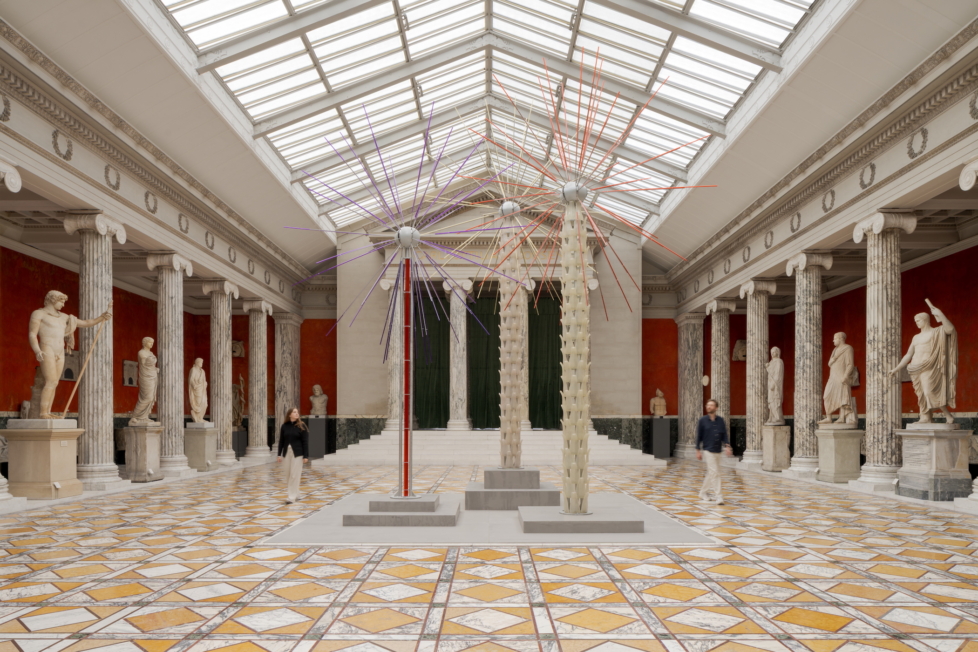
Diskussion